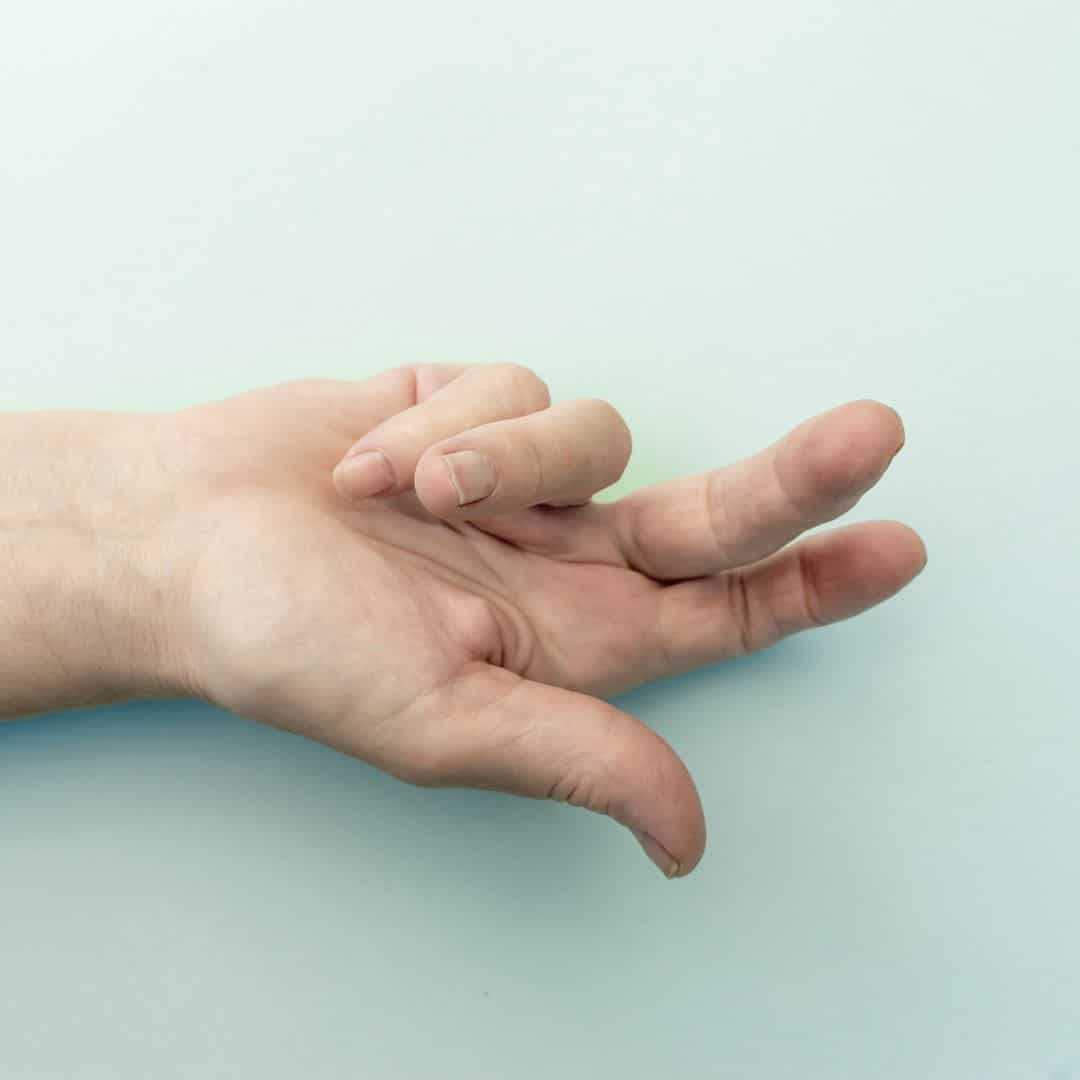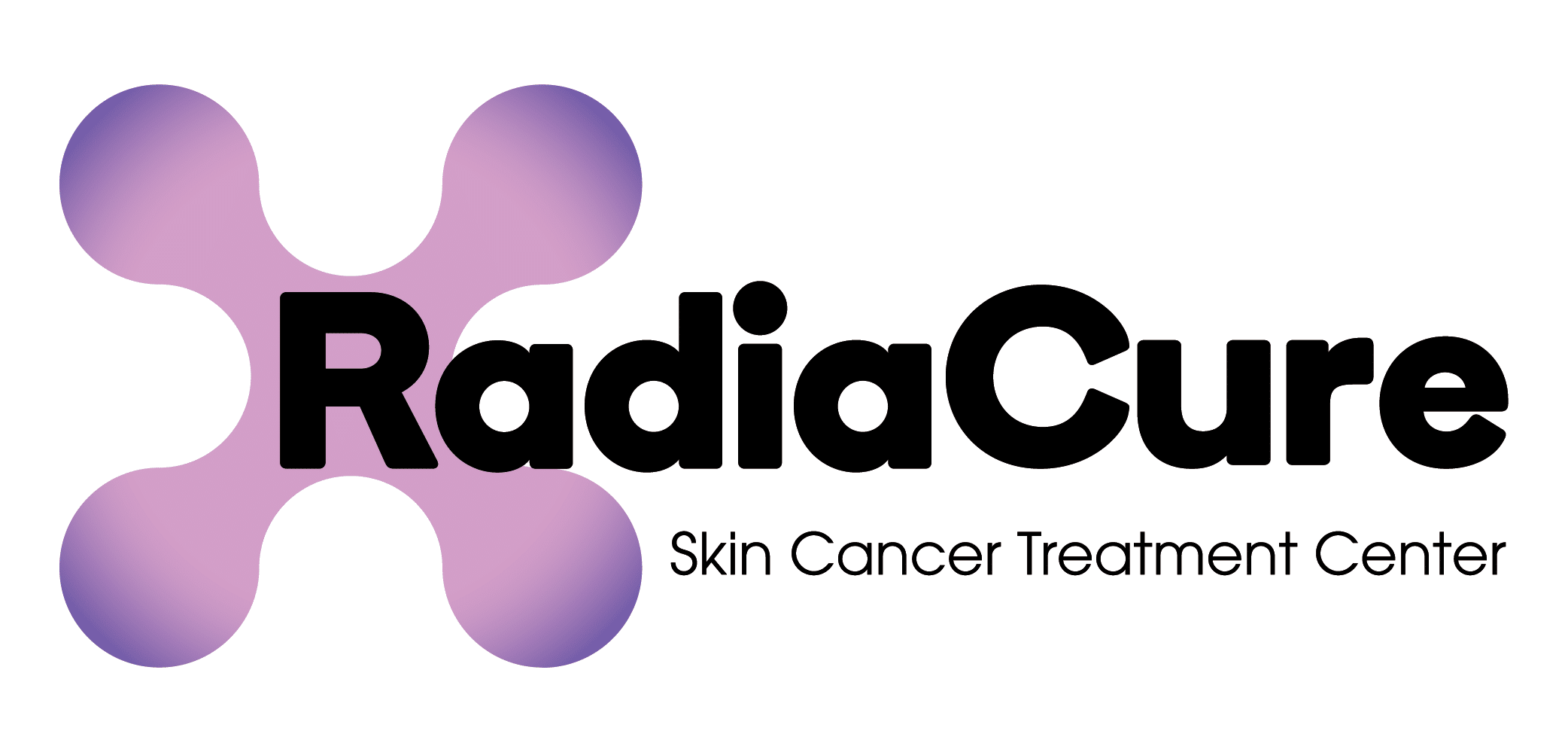Dupuytren's Contracture Treatment With Electron Beam Therapy

Electron beam therapy is a highly effective option for treatment of early Dupuytren's Contracture.
We offer treatment for Dupuytren’s Contracture with electron beam radiation therapy to quickly, easily, and safely slow its progression. At RadiaCure, our goal is to prevent the need for further surgery.
Why Electron Beam Therapy Works As Treatment for Dupuytren's Contracture
- Delays or avoids the need for surgery
- Reduces nodules and slows contracture progression
- Especially effective before significant finger curling begins
How Is Dupuytren's Contracture Treated?
Dupuytren’s Contracture develops when thickened tissue forms beneath the skin of the palm, creating nodules and cords that may eventually restrict finger movement. While surgical release is common in later stages, early treatment can help preserve hand function and delay progression.
At RadiaCure, we use electron beam therapy to target the underlying tissue activity contributing to contracture, offering a non-surgical option that may reduce the need for future intervention.
Step By Step Treatment Process
1
Consultation
After it is confirmed with a hand specialist or orthopedic provider to be early-stage Dupuytren’s Contracture, we assess the severity, contracture stage, and treatment goals.
2
Electron Beam Therapy
3
Quick Sessions
Most patients receive five sessions over the course of one to two weeks. No downtime is required.
4
Healing & Monitoring
We’ll check in regularly to track progression and advise on next steps if needed.
What Is Dupuytren's Contracture?
Dupuytren’s is a condition where thickened connective tissue in the palm forms nodules and cords, gradually causing the fingers—often the ring and pinky—to curl inward. It typically progresses slowly and may run in families.
Who May Benefit From EBT Treatment
- You have nodules or cords, but your fingers still fully extend
- You’re looking to delay or avoid surgery
- You've had rapid progression or recurrence after other treatments
- You have a family history and want to slow potential progression
Frequently Asked Questions
Can electron treatment help if I already had surgery?
Treatment within three weeks of surgery may help prevent recurrence of Dupuytren’s Contracture.
Will this reverse my contracture?
Electron treatment may stabilize the disease, preventing further contracture.
How long do results last?
Studies have shown approximately 80 % of patients have improvement or stabilization at eight years following completion of treatment.
Do most insurances cover radiation for Dupuytren's?
Yes, most do!
What are the most common side effects?
Most frequently, minimal skin dryness, which responds to moisturizers. Occasionally, skin redness and irritation, which decreases with time.
